Michelle Gomes is a strategic thinker and experienced agile product management & digital innovation consultant. She came from India to The Netherlands 11 years ago, and since then, progressively embraced the role of product manager, her ‘sweet spot’! She experienced the rise of a corporate startup in a banking environment, from the concept to the pre-scaling phase, and grabbed also learnings from her time at TNT. She kindly answered around our questions about the key success factors to lead an innovation project.

1) Hi Michelle, can you tell us about your present role as digital innovation consultant, and also about your hectic past journey, including the radical decision to move from India to The Netherlands, and how you managed to find your sweet spot along the way?
Thank you Nicolas and let me start by saying how grateful I am for this interview and to be given the platform to share learnings with other innovators. Well, Digital is quite a broad term and so is innovation. Innovation can be as simple as automating a mundane task to creating a new product or service for an organization in a new market. Within my current role, I work in the area of product management. In this role, I can help organisations in taking them on the journey from validating concepts to bringing them successfully in to the market.
How did I come to where I am now? Well to be frank, Netherlands was by chance, a friend was interviewing candidates for a job in the Netherlands and he asked me to help him with the interview process. When I read the job description, I asked him to instead use my profile. Next thing I know I am in the Netherlands and still going strong after 11 years. My career started from the bottom up, my first love was C programming, then I moved from a database expert, a product analyst, business development, and finally a Digital innovation consultant. The red thread in all of this was technology based products. Being a generalist, I tend to see holistically and product management was just the right sweet spot. It involves marketing, operations, development, business development.. most capabilities in organisations.
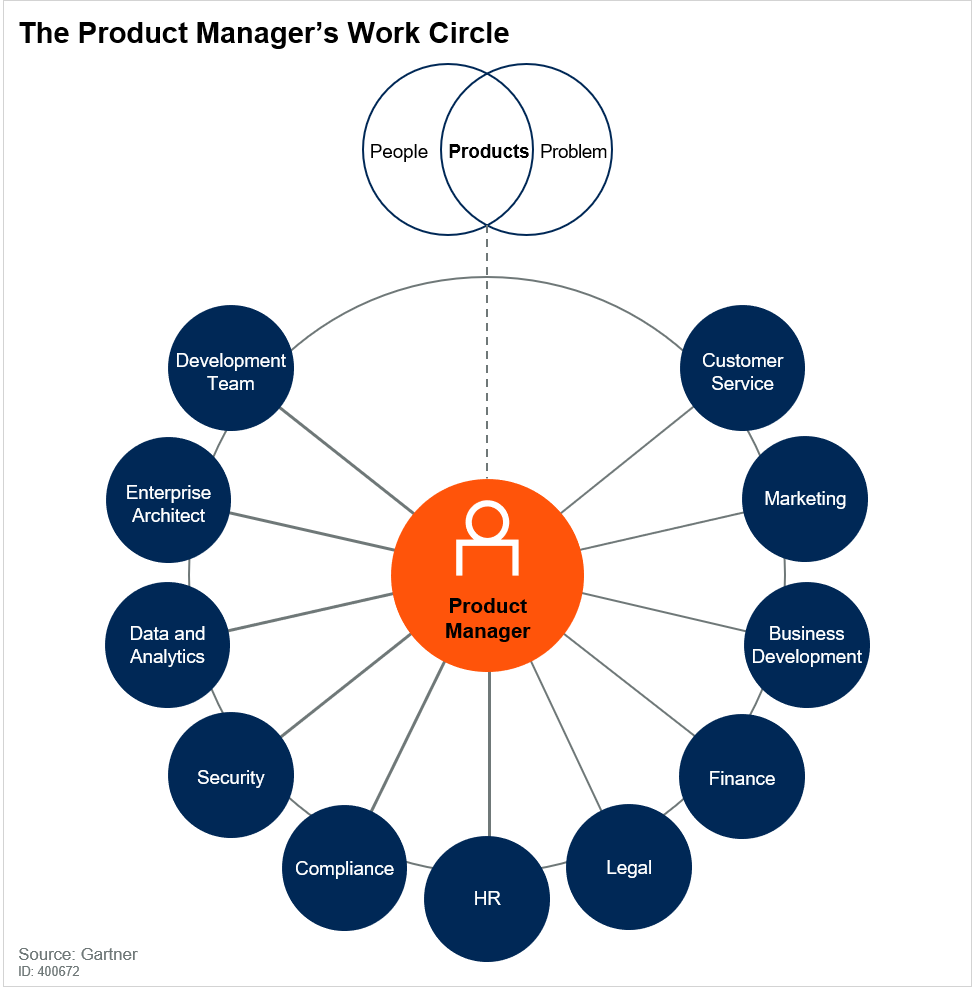
2) In the key learnings for corporate startup article that you wrote, you list 6 key success factors for a successful innovation project (vision, sponsor, hustler lead, customer centric, team capability and culture, team work): could you share them with us, and rank them from most to less critical?
That’s right Nicolas, I see driving product innovation as a set of lego blocks or a set of levers. One dimension does not get you to where you need to be. You have to balance several aspects and at the right time. Let’s see.. starting with the ‘Vision’, this is the cornerstone for any initiative. It binds the team together and gives them that common purpose. Without a vision, you are a chicken without a head. Next is a ’Sponsor’ and a ‘hustler lead’ , these are your networking levers. Sponsors safeguard your initiative, give you timely advice and are aligned to the organisations and initiative goals. Sponsors need not be fixed, at every phase, you need to revisit them to see who can take you to the next level. Sponsors can also be hustler leads. They are the ones who open doors within the organisation, create opportunities, do business development and sell the product to potential stakeholders.
Another is ‘customer centricity’, this starts with knowing what problem for the customer you are solving, is the problem big enough and is the solution something that the customer would commit to. Your product or service should incorporate the voice of the customer. This customer can be both an internal business customer and an external customer.
Once we have this defined, only the best team can bring ideas forward. You can have the greatest idea but without a kick-ass team, just forget it. Teams that have a great culture, mix of diversity (gender and nationality), psychological safety and key capabilities can drive innovations successfully. If I had to rank , the team would be number one.

3) Could you share one or two examples of KSF that were reached in a project that you were involved in, and how they impacted positively the project success?
There were several moments where we felt our initiative would be cut off and shutdown. That’s how innovation works, you have to prove at every stage that the idea is still worth pursuing. One key example I could give you was on how we were able to convince stakeholders that our solution was something to invest in. We had done several months of pitching our idea on powerpoint and at one point it lost its lustre. So for one of our sponsor funding meetings, we created a medium fidelity prototype using a low-code platform. On seeing an actual working prototype we were able to convince them on technical feasibility, validate a happy customer flow and ‘seeing is believing’ – clicking a button on a website is better than clicking a button on a powerpoint. Product management ‘rapid prototyping’ techniques helped us tremendously to move the needle.
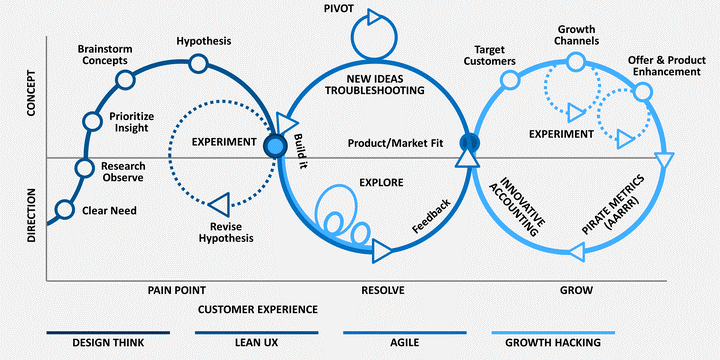
4) You also spot some recurrent hurdles (business model, focused and measured goals, legal, business commitment, crossing the chasm, cultural bias): could you describe them and sort out which ones appear at early stage, and which ones appear at scale-up stage?
One of my key learnings would be to experiment on the business model, do not keep it fixed and test out a model at later stages. It impacts how products are built and especially the go-to-market strategy.
A close second big hurdle that most organisations face is the product approvals, I’d say this starts as early as the ‘concept’ phase, and goes on until go-live and scale. It is important to bring stakeholders together at the right time and help them define your roadmap. It is a pity if a product is market ready but is stuck in product approvals for more than a year. You kill momentum and possibility moments that could help boost your product growth into the market. I plan to write a separate article on the different aspects to ensure that your product is approved sooner than later.

Following that is understanding the ‘chasm’ , it will help you focus your business development efforts, and direct you away from becoming a build-machine by adding functionality related to all customer segments. Understanding that early adopters and early majority motivations are different and approaching them are also different. Focus on validating the value proposition before scaling to new segments without validations.
Another is when defining objectives, have clear data points that help drive ‘persevere’ or ‘pivot’ discussions. Objectives should link to a common goal. What is it we are trying to achieve, what do the results mean in the context of what we want to achieve. Objective setting is time consuming and frankly also frustrating. The only way you can trust the process is by making sure the process is robust. Having the team contribute to how objectives can be met is one of the best ways. Top down approaches just do not work in these cases.
Lastly, being a corporate startup, you have a safety net. Having this cultural bias removed, I hope will create environments where you are not afraid to take risk, boost curiosity and responsibility and help innovations thrive.

5) Though you can address these factors separately, your point of view is that they are like lego blocks, you need to assemble all of them to make a building. Could you explain why?
Like I mentioned earlier, not one aspect can help innovation succeed. My all time favourite is the Doblin 10 types of innovations. It mentions that you have to experiment with different levers : customer experience, networks, branding etc to get to the desired effect. Within product development, It is the same, you work with different building blocks or levers to ensure that your product is successful. Starting with having the right team and then creating the right environment to thrive in.
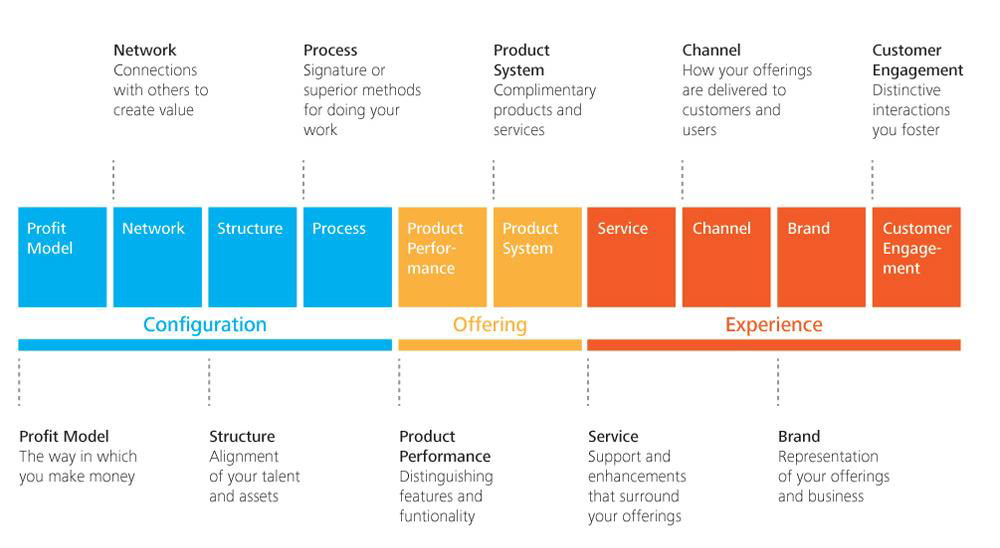
6) In a nutshell, would you agree that the secret sauce is to be able to “execute innovation sprints in short cycles”, where you recurrently test the value proposition with target users, cement the team work, increase business commitment, report progress to your sponsor, and overall iterate the business model?
Yes indeed and that coupled with data driven decisions adds an extra zing to the taste. You may have several gut-feelings, my advice would be write those gut-feelings down as a ‘hypothesis statement’, and experiment on your assumptions. Short sprints help deliver value faster and create the necessary focus on the most important aspects of the development cycle. Sponsors want answers and data (qualitative or quantitative) gives them the facts that help them decide.
Customers and stakeholders need to be in the journey, after all we build products for our customers and if you are a startup within a corporate, then making sure your objectives are online with the strategy of the business will also help your product to be accepted. We always involved customers and business in validations and use research.
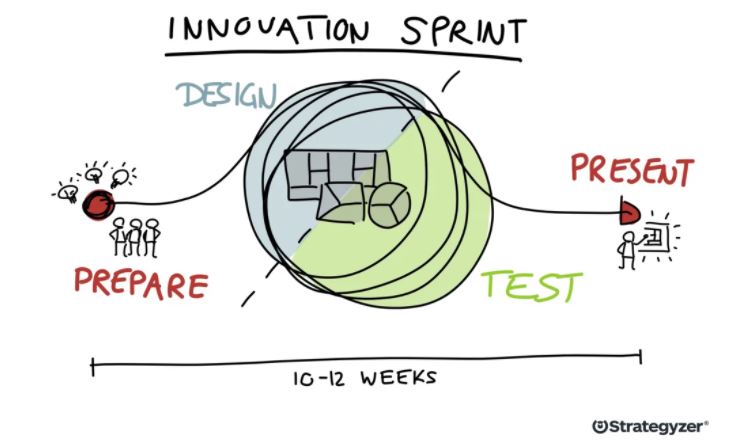
7) Do you observe a link between Transformation and Innovation? Is Innovation instilling a new attitude, creative, collective, frugal, meaningful, that impact and transform the way people work?
Innovation is transformation, irrespective on how small or radical it may be. It involves a change in mindset, and being open to this change means a transformation towards a new way of thinking. It involves also being open to failure and without failure, learning is not possible. Collaboration is key within innovation, be it with customers or in the case of platforms other competitors or suppliers. One should be open to opportunities and not afraid of making mistakes. In this respect, I call myself an innovator.
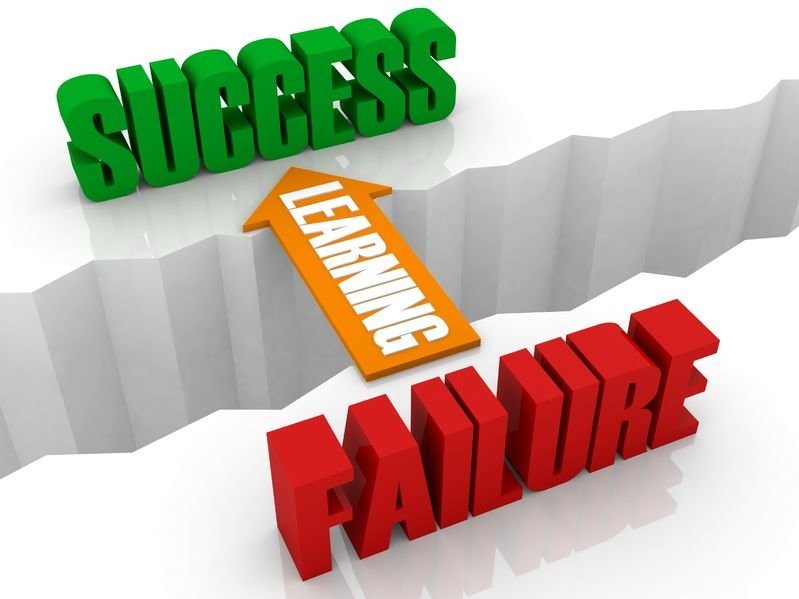

1 Comment